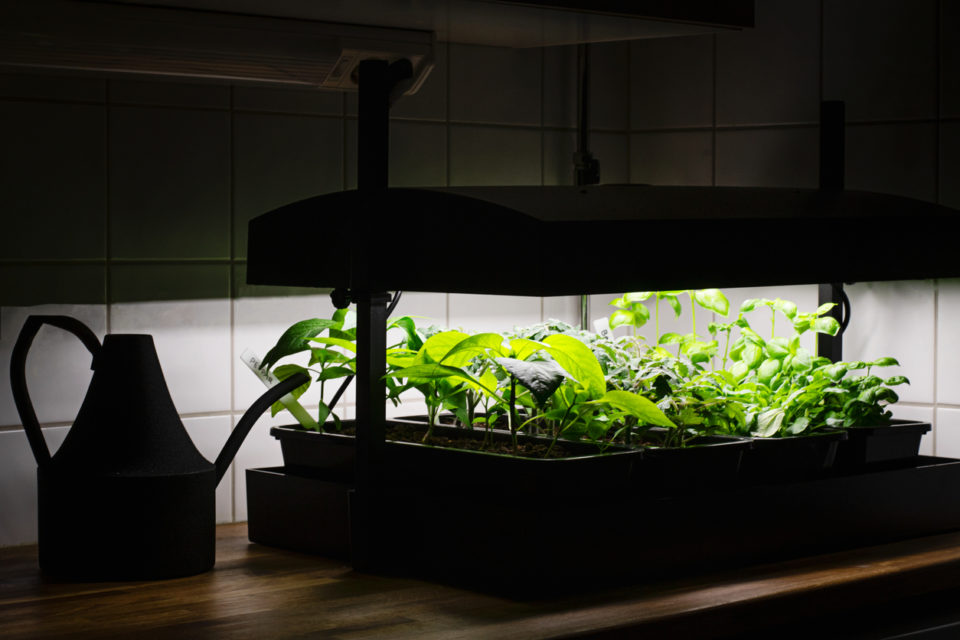
Do you want to turn your indoor space into a green wonderland? Indoor gardening is your answer. One key ingredient for indoor gardening success is choosing the right grow light. This handy guide inspired by the team at Planet Natural will help you pick the perfect grow light to make your indoor plants happy and healthy.
Understand Your Plant’s Light Needs
Different plants have different light needs. Some like lots of light while others prefer less. To pick the perfect grow light, first learn about your plant’s light needs. Plants like succulents and veggies love lots of bright light. On the other hand, ferns and snake plants do well in lower light.
So, how do you know how much light your plant needs? Well, check the plant tag or search the internet. After you know what your plant likes, it’s easier to choose the right grow light.
Learn About Different Types of Grow Lights
There are many types of grow lights, but three kinds are most common – Fluorescent, LED, and High-Intensity Discharge (HID) lights.
Fluorescent lights are great for plants that don’t need much light. They’re also good if you’re just starting with indoor gardening because they’re cheap and easy to find.
LED lights are more expensive but last longer and use less electricity. They’re great for any plant but are especially good for plants that need a lot of light.
HID lights are very bright and great for big indoor gardens. But they use a lot of electricity and can get hot, so they may not be the best choice for small spaces or beginners.
Consider the Size of Your Garden
Lastly, consider the size of your garden. For a small garden or a single plant, a small grow light or a bulb may be enough. For larger gardens, you might need several lights or a large panel.
It’s also important to think about where you’ll place the lights. They should be close enough to provide light but not so close that they could burn your plants. As a rule of thumb, place fluorescent lights about a foot away from your plants, and LED and HID lights two to three feet away.
You might also like: Spruce Up Your Home’s Décor At Black Dog Salvage
Consider the Light Color
After understanding your plants’ needs, the types of lights, and your garden’s size, let’s dive into another essential factor – light color.
Grow lights come in different colors, which can affect how your plants grow. The color of a light is measured in Kelvin (K) on a scale from 1,000 to 10,000.
Lower Kelvin numbers like 2,000K produce a red or orange light. This type of light promotes flowering and fruiting in plants. So, if you’re growing tomatoes or peppers indoors, this might be a good choice.
Higher Kelvin numbers like 6,000K produce a blue light, which encourages leafy growth. This is great for herbs like basil or lettuce and any green, leafy houseplants.
There are also full-spectrum lights that cover all the colors, mimicking natural sunlight. These lights are fantastic because they can support all stages of plant growth.
Choosing the right light color will help your indoor garden flourish. Remember, the key is to align the light with your plants’ growth needs.
Now that you’re armed with all this knowledge, picking the right grow light should be a breeze. Watch your indoor garden flourish under the glow of your carefully selected grow light, and enjoy the vibrant greenery within your own home.
Disclaimer: The stock image is being used for illustrative purposes only, and it is not a direct representation of the business, recipe, or activity listed. Any person depicted in the stock image is a model.
